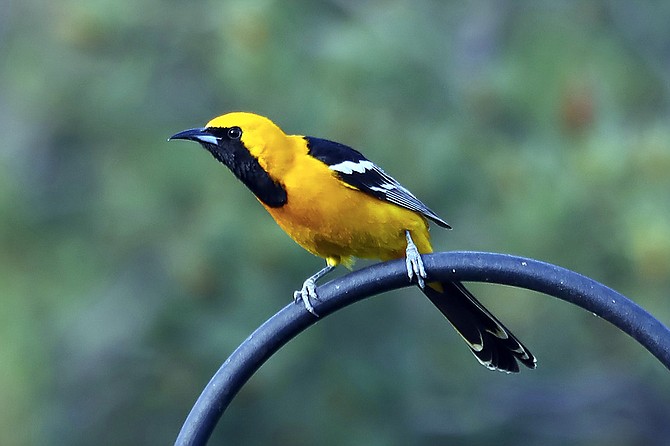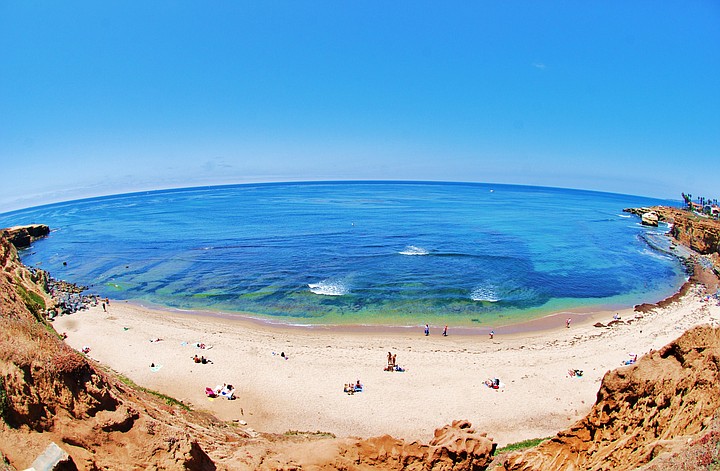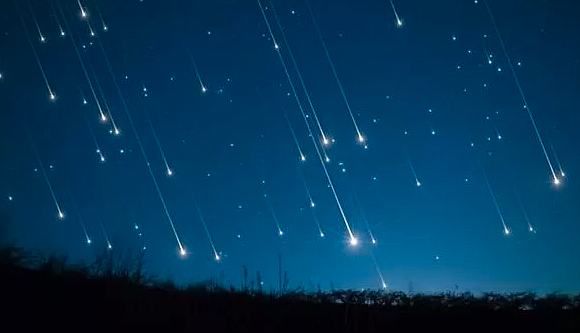 Facebook
Facebook
 X
X
 Instagram
Instagram
 TikTok
TikTok
 Youtube
Youtube

Orioles, the bright yellow or yellow- orange-and-black birds seen flitting among the palm trees, are summer residents of San Diego County’s coastal areas. A century ago, they preferred to nest in sycamore trees, which were then more common in our area’s river bottoms. Today, these birds are most likely to take up residence in the planted palm trees, where they obtain fiber to build their nests from the easily shredded fronds.

Highest tides this month are associated with the full moon. A high tide of +7.64 feet is predicted at 8:58 pm Monday, July 31, and a slightly higher tide of +7.74 feet is due at 9:46 pm on Tuesday, August 1. Lowest tides for the month occur very early in the morning: a -1.71–foot tide at 4:11 am on Tuesday and another -1.71–foot tide at 5:51 am on Wednesday.
The moon reaches full phase on Monday, August 1, rising in the east near the time of sunset and setting in the west at around sunrise. Folk names for the August full Moon include “Corn Moon,” “Barley Moon,” and “Moon When Cherries Turn Black.” There are four supermoons in a row this year; the August 1 supermoon is the second supermoon of this rare sequence. A “supermoon” is when the full Moon happens at (or very near) the exact time when the Moon is closest to us in its orbit.

This year, the beautiful Delta Aquarid meteor shower peaks July 29 through 30. Their hourly rate at the peak is 10 meteors per hour. Always look towards the darkest part of the sky, typically away from the moon, for your best shot at seeing a shooting star.


Orioles, the bright yellow or yellow- orange-and-black birds seen flitting among the palm trees, are summer residents of San Diego County’s coastal areas. A century ago, they preferred to nest in sycamore trees, which were then more common in our area’s river bottoms. Today, these birds are most likely to take up residence in the planted palm trees, where they obtain fiber to build their nests from the easily shredded fronds.

Highest tides this month are associated with the full moon. A high tide of +7.64 feet is predicted at 8:58 pm Monday, July 31, and a slightly higher tide of +7.74 feet is due at 9:46 pm on Tuesday, August 1. Lowest tides for the month occur very early in the morning: a -1.71–foot tide at 4:11 am on Tuesday and another -1.71–foot tide at 5:51 am on Wednesday.
The moon reaches full phase on Monday, August 1, rising in the east near the time of sunset and setting in the west at around sunrise. Folk names for the August full Moon include “Corn Moon,” “Barley Moon,” and “Moon When Cherries Turn Black.” There are four supermoons in a row this year; the August 1 supermoon is the second supermoon of this rare sequence. A “supermoon” is when the full Moon happens at (or very near) the exact time when the Moon is closest to us in its orbit.

This year, the beautiful Delta Aquarid meteor shower peaks July 29 through 30. Their hourly rate at the peak is 10 meteors per hour. Always look towards the darkest part of the sky, typically away from the moon, for your best shot at seeing a shooting star.
Comments